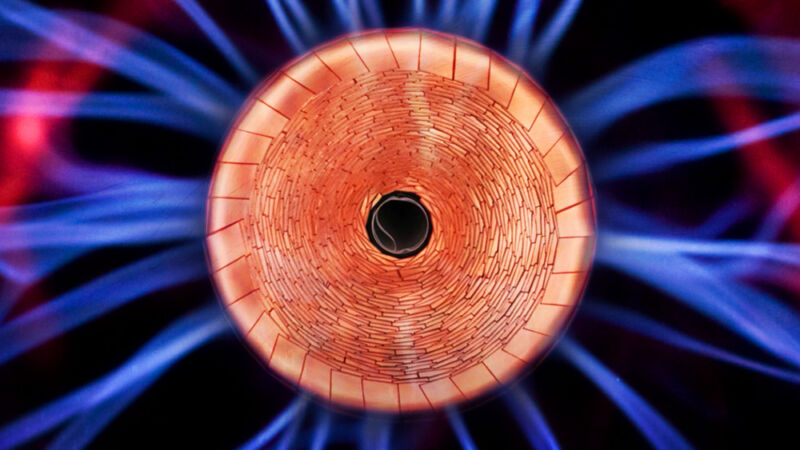Here’s what Tesla will put in its new batteries

Enlarge / Gaze upon Tesla's new battery cell, but don't despair. (credit: Aurich Lawson / Tesla / Getty Images)
Tesla's battery day" Tuesday revealed a surprising amount of information about projects the company has kept under wraps. The presentation described changes and improvements to just about every aspect of its battery packs, with big-picture implications for the claim that a $25,000 Tesla vehicle would be possible in about three years. (See the previous coverage from Ars' Timothy Lee for more on that.) But it wouldn't be a Tesla announcement without vague timelines, and it was a little unclear which improvements are ready to go now-and which ones they're just expecting to succeed in the next couple of years.
Without specific numbers or concrete details, assessing the announcements takes a little guesswork. But we can compare all this to other industry trends and to published research to get some idea.
Battery in a canLet's start with two things Tesla claimed already exist at its pilot production plant: its new cell design and some improvements in manufacturing. Tesla got off the ground using existing and commonly available cylindrical 18650 lithium-ion cells, while most EVs have been built with flat pouch or prismatic cells (more like the thin batteries in phones and laptops). In a cylindrical cell, long sheet-like anodes, separators, and cathodes are sandwiched, rolled up, and packed into a cylinder-shaped can. The cathode and anode sheets each have one skinny tab" that connects to the positive and negative terminals of the battery can.
Read 33 remaining paragraphs | Comments